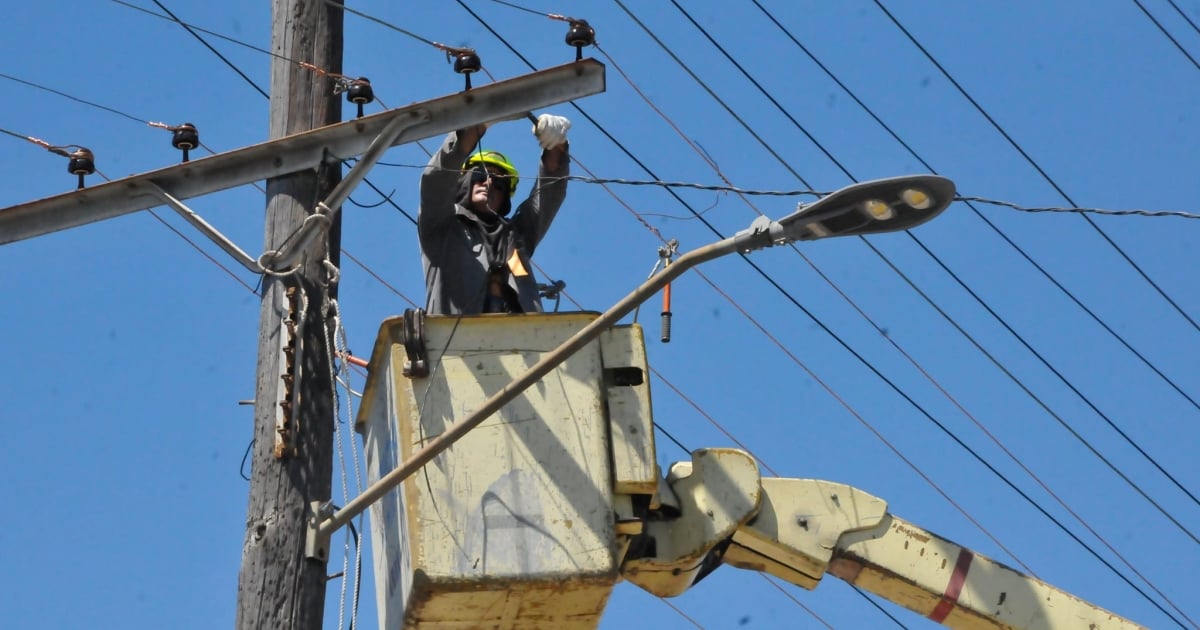The Cuban Electric Union (UNE) proclaimed on Tuesday its readiness for the impending impact of Tropical Storm Rafael, which is forecasted to intensify before reaching the island and lashing its western region. The UNE took to Facebook to boast about their preparedness, claiming that a "contingent of workers from the Ciego de Ávila Electric Company is already en route to the western provinces to await the arrival of Hurricane Rafael."
While the announcement was framed as an achievement, it comes shortly after the Cuban regime's recent display of inadequate preparation when Hurricane Oscar severely affected several municipalities in Guantánamo, leaving residents without proper protection. In its statement, the UNE mentioned that the team, "once the storm has passed, will join efforts to restore any damaged electrical infrastructure."
The UNE also emphasized that it is customary for electrical workers to mobilize to hurricane-stricken provinces with the goal of restoring power as quickly as possible. However, this practice underscores the chronic lack of foresight in the nation's energy infrastructure.
Government Response Amidst Growing Concerns
Cuban leader Miguel Díaz-Canel is acutely aware that he cannot allow the disruptions caused by Rafael in the west to mirror the crisis experienced in the east less than a month ago with Oscar. With the memory of the devastation and fatalities caused by Hurricane Oscar in Guantánamo still fresh, and with Rafael expected to make landfall as a cyclone, Díaz-Canel assured on Tuesday that the country is "prepared and organized" to face this new threat.
Provinces on High Alert
Consequently, as of 5:00 p.m. on Tuesday, the Cuban Civil Defense's General Staff decided to declare an alert phase for the provinces of Villa Clara, Cienfuegos, and Sancti Spíritus, due to the possibility of direct impact from Rafael. Meanwhile, the provinces of Matanzas, Mayabeque, Havana, Artemisa, Pinar del Río, and the special municipality of Isla de la Juventud have been on alert since Monday because of the potential threat posed by this hydrometeorological phenomenon.
